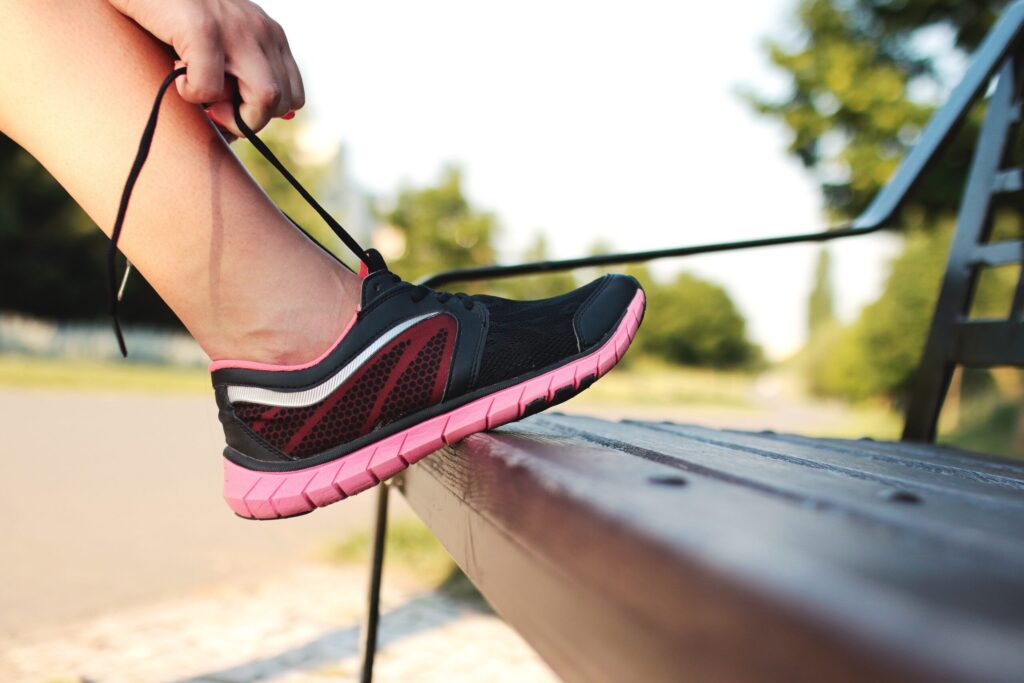Heart Walk Participants Explain Why Event Is So Rewarding
by TERESA SCHIFFER
According to the Centers for Disease Control and Prevention (CDC), heart disease is the leading cause of death for men, women, and people of most ethnic and racial groups in the U.S., being responsible for one out of every four deaths, or approximately 647,000 each year just in the United States. These numbers may seem disheartening at first, but there is hope on the horizon, and the American Heart Association (AHA) is bearing the torch. For almost a century, the AHA has been striving to save and improve lives by fighting heart disease and stroke. One remarkable tool in their kit is the annual Polk County Heart Walk. We talked to a couple of people involved with the Heart Walk to find out exactly how it is improving and saving lives.
Megan Rivera, assistant director for the Polk, Brevard, Volusia, and Flagler County AHA, tells us that the 27th annual Polk County Heart Walk will be taking place in September. Approximately 2,000 people participate in the Heart Walk each year, and last least year they raised more than $174,000 for the important research and education funded by the AHA. Participants can choose a one-mile or three-mile course, and they have access to valuable health information, light snacks, and free entertainment. The entire event is free, but participants are encouraged to collect donations to support the AHA.
Last year, Tony Kaniewski single-handedly raised an astounding $13,495 for the Heart Walk. Kaniewski is the Senior Construction Project Manager for BayCare, and he is currently managing new construction and renovations taking place at Winter Haven Hospital. A Florida native, he currently calls Winter Haven home. His latest project has been expanding the hospital to offer additional services for cardiac care and upgrading existing services through the Bostick Heart Center. Working closely with the cardiac physicians and care teams made Kaniewski keenly aware of the importance of quality healthcare when it comes to fighting heart disease. As he explains, “The hospital teams are passionate about heart health, and it’s contagious.”
Kaniewski, whose father suffered from congestive heart disease, and his Heart Walk team, The Fix It Group, blew their $5,000 goal out of the water with a little help from some very generous donors. Two contractors that worked at the hospital with Kaniewski were responsible for $10,000 of the $13,495 total that The Fix It Group raised. 
“If you don’t ask, you don’t get,” Kaniewski wisely remarks, “so I asked and they were happy to support our team.”
Kaniewski has participated in the Polk County Heart Walk for the past two years, since working with BayCare, and plans to take part in this year’s event as well.
The money brought into the AHA from the Heart Walk is used to fund vital research, education campaigns, healthcare quality improvement programs, and more, right here in our own community. However, the Heart Walk does more than just raise funds, it effectively inspires people to take a more active role in protecting their own heart and health.
“The Heart Walk is a non-competitive walk that encourages people to take steps toward a heart-healthy lifestyle,” Rivera explains. “This is an opportunity for individuals and corporate teams to improve their health by walking while simultaneously raising funds to help fight heart disease and stroke.”
The AHA uses a variety of online tools as well as community activists to garner support for the Heart Walk. Participants can then use a personalized Heart Walk web page to promote their cause and solicit donations, in addition to using resources on Facebook and LinkedIn. Since heart disease and stroke are so prevalent in our society, many people who choose to participate have a personal reason for doing so. Be that as it may, the work of the AHA is noble enough in and of itself to galvanize many others to take part as well.
The American Heart Association and the American Stroke Association are committed to saving people from heart disease and stroke by leading efforts on prevention, education, research, and treatment. Their common goal is to be a relentless force for a world of longer, healthier lives. You can see their work all around—in the life-saving automated external defibrillator on the athletic field, in the restaurant that no longer allows smoking due to AHA advocacy efforts, in every hospital where doctors are saving countless lives with technology developed from research and education funded by the AHA, and more. These exceptional organizations are making real changes in the world around us and saving lives in the process.
When she was in her last year of college, Rivera learned that her mother was diagnosed with heart disease and needed to have a stent placed. Watching her mother on that difficult journey helped guide her to find her place at the AHA. Since joining their ranks two years ago, Rivera has been humbled to learn of the experiences of the survivors who engage in the Heart Walks, and to have the opportunity to celebrate these people and let them know that they are not alone.
“Heart disease and stroke survivors are the heart of the Heart Walks,” Rivera exclaims. “We take pride in honoring our survivors at each event!”
